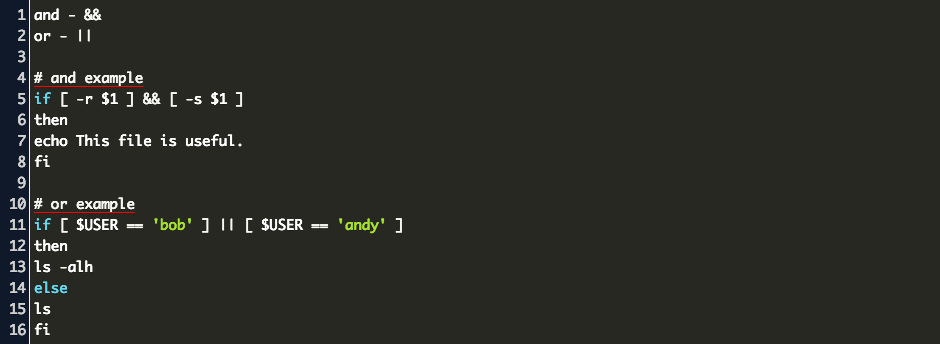

This example is used to wait till the machine comes up before doing a ssh to that machine.

In this example condition is size of the file greater than 2000 bytes, so it copies the file once it reaches the 2000 bytes.Īlso, make sure to refer to our earlier Bash Array examples.

The until statement continues to execute the body of the loop, till the condition becomes true. # cat zip_unzip.shįor file in `find /root -name "*.zip*" -type f`ĭirname=`echo $') -gt 2000 ]
#Mac bash for loop zip file
The following example finds the list of files which matches with “*.zip*” in the root directory, and creates a new directory in the same location where the zip file exists, and unzip the zip file content. If list is missing in the for statement, then it takes the positional parameter that were passed into the shell. This list can be a variable that contains several words separated by spaces. This varname can be processed in the body of the loop. The current item from the list will be stored in a variable “varname” each time through the loop. In this form, the for statement executes the command enclosed in a body, once for each item in the list. List is any list which has list of items.The first form of bash for loop is: for varname in list Bash For Loop – First Methodįor loops are typically used when the number of iterations is known before entering the bash loop. Like any other programming language, bash also supports break statement to exit the current loop, and continue statement to resume the next iteration of the loop statement. This article is part of the on-going Bash Tutorial series. In this article let us review the looping statements which bash provides using some examples.īash supports following three types of looping statement The shell language also provide several iteration or looping statements. The controlling expression may be any scalar data type. Loops execute until the value of a controlling expression is 0. The executed statement is called the loop body. Now let’s write “Done” over here and all the numbers will be automatically be displayed, after an interval of one second.Īnd that’s it, by following the above steps and even changing a few numbers you can create your own bash while loops.Looping statements are used to force a program to repeatedly execute a statement. Next, we will specify that after each result is displayed, the output should be incremented by 1 in this specific bash while loop.

Step 6 – Specify output to be increased by 1 Since we don’t want the output be displayed all at once, we have used the sleep command over here, so that there is an interval of one second after each result is displayed. Next we will print the output using the echo command over here. Now we start with the loop structure and for that we will type “do” over here. Over here, we have defined it as “less than equal to” 9. Next, we will define how many times the loop will run. Step 2 – Define the number of times the loop with run
#Mac bash for loop how to
To understand how to create a while-loop in bash, follow the steps given below.įirst of all, we will define from where the count will start from. This can be done by writing a script for a bash while loop. Linux can be used to enter commands where we can specify the number of times a loop will run. In this tutorial we will show you how to write bash while loops.


 0 kommentar(er)
0 kommentar(er)
